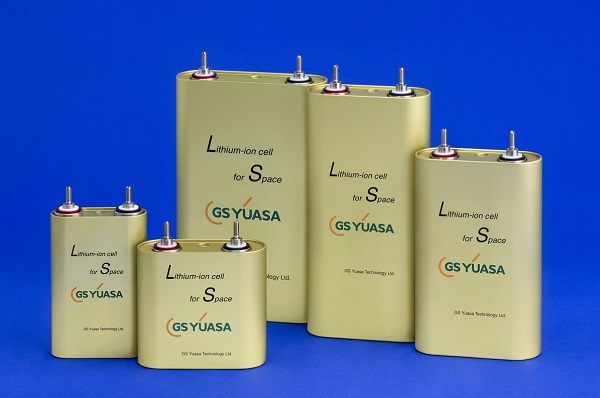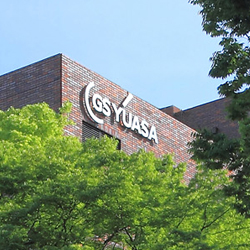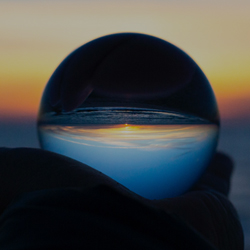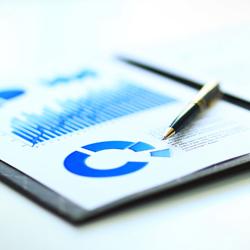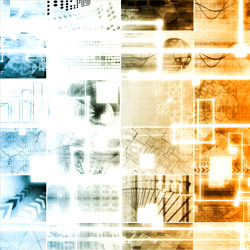GS Yuasa Corporation (Tokyo Stock Exchange: 6674; “GS Yuasa”) today announced that it won a 2021 MEXT*1 Minister’s Award for Science and Technology in the “Development Category”, for the development of lithium-ion batteries for use in space, and technologies to facilitate operation of those batteries.
Development-Category Awards for Science and Technology are presented to those who, through revolutionary R&D or inventions, have contributed in tangible ways to Japanese society and Japan’s economy, and have facilitated improvements to the living standards of Japanese citizens.
GS Yuasa commenced research and development work on the award-winning space-use batteries and related technologies in 1997. At the time, most lithium-ion batteries were small batteries designed for civilian use, and lithium-ion batteries with capacity and lifespan performance sufficient for use in space didn’t yet exist. Through its R&D work on the batteries GS Yuasa invented battery encasement structures that facilitate outstanding durability and also established new cell lifespan prediction techniques based on cell degradation modelling, ultimately making it possible to use lithium-ion batteries in space environments.
GS Yuasa’s space-use lithium-ion batteries have been selected for use in the International Space Station and a large number of different satellites due to their outstanding reliability. GS Yuasa is working to create the future of energy, and will continue tackling challenges on the way to achieving further technological innovations.
*1 “MEXT” is an abbreviation for Japan’s “Ministry of Education, Culture, Sports, Science and Technology”.
Award overview
Award for Science and Technology (Development Category) presented in recognition of the development of lithium-ion batteries for use in space, and technologies to facilitate operation of those batteries.
1. Award recipient
Hiroaki Yoshida, executive officer, general manager of GS Yuasa’s R&D Center
2. Overview of the award-winning technologies
(1) Airtight battery structure
R&D work involved developing an airtight structure able to withstand the differential pressure that develops between battery interiors and exteriors when in space. Airtightness was achieved through the use of a metallic wax (with a copper content exceeding 50%) to secure ceramic material to the negative terminal. The structure facilitates long-term airtightness by curbing the alloying reaction between the metallic wax and the lithium in the electrolyte solution and preventing corrosion.
(2) Degradation modelling
A lithium-ion cell degradation model was constructed based on findings from long-term degradation experiments. This degradation model, which is also referred to as the “square root law”, is used as a basic technique to make estimations about lithium-ion cell degradation and lifespans. The model is still being used not only for space-use batteries but for lithium-ion batteries in general, and has also provided a basis for further investigation into cell degradation mechanisms.
■The airtight structure of space-use lithium-ion batteries’ negative terminals (Patent No. 4975202)
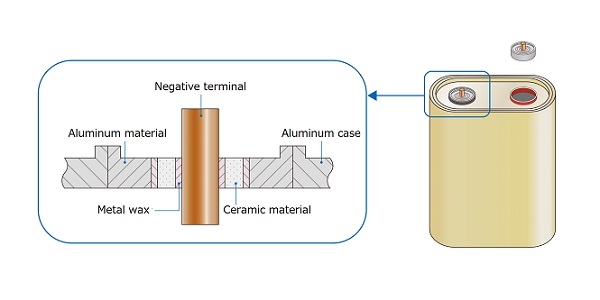
■Cells used in GS Yuasa’s space-use lithium-ion batteries
